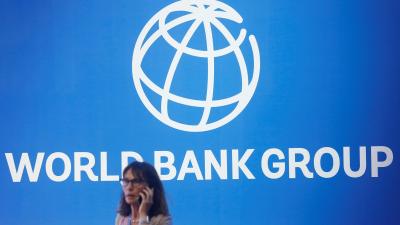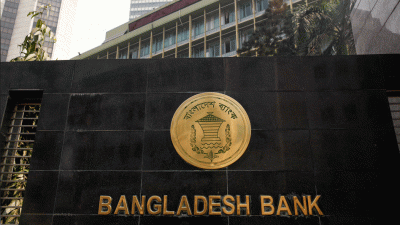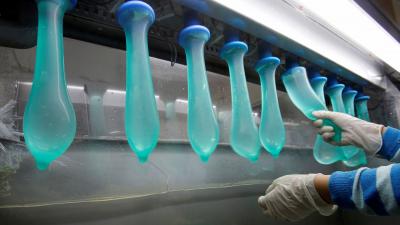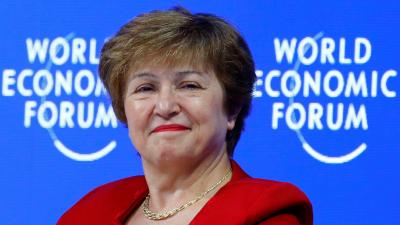 Expansion in transportation, driven by development in communication infrastructure and availability of finance, is fuelling the growth of the country's lubricant market at a rapid rate.
Expansion in transportation, driven by development in communication infrastructure and availability of finance, is fuelling the growth of the country's lubricant market at a rapid rate.
According to the industry insiders, the annual lubricant demand pegged at 175,000 tons in the 2018-19 fiscal year, which is expected to reach 200,000 tons in the 2019-20 fiscal year.
The size of the local lubricant market stood at about Tk 50 billion to Tk 60 billion in 2018-19 fiscal year, as the market grows by 5% to 7% per annum.
Increased economic activities, rising power sector, vibrant transportation and mobility sector and ease of getting finance have boosted lubricant market, says Syed Nazib M Rahman, director of Runner Lube and Energy Ltd, dealer of SERVO lubricant, a product of Indian Oil Corporation Ltd.
This growth, he mentions, is also projected on the back of the country’s economic growth, people’s buying capacity and rising number of on-road vehicles.
In 2017-18 fiscal year, the number of registered motorized vehicles increased by 56,133 to 4,68,706. In the fiscal 2016-17, the number of registered motorized vehicles was 4,12,573, according to Bangladesh Road Transport Authority.
According to industry people, there are more than 100 plus lubricant brands in Bangladesh, with imported brands dominating the market. They meet around 60% of the local demand, leaving the rest around 40% to local brands.
MJL Bangladesh is the major player in the local lubricant market with an unassailable 26% market share. Mobil is a popular brand manufactured by MJL Bangladesh. They are enjoying 70% market share of the industrial lubricant sector.
Major local and imported brands
MJL Bangladesh Limited, formerly Mobil Jamuna Lubricant Limited, is a joint venture company established by ExxonMobil in the downstream petroleum sector of Bangladesh.
The company commissioned a state-of-the-art Lube Oil Blending Plant (LOBP) in Patenga, Chittagong — the first of its kind in the country — in May 2003, according to MJL Bangladesh.
BNO lubricant of Lub-rref (Bangladesh) Ltd, FUCHS lubricant of Fuchs Lubricants Bangladesh Ltd and Omera lubricant of Omera Petroleum Ltd, a subsidiary of MJL Bangladesh, are other major local brands.
There are many low-quality and low-cost lubricant brands in the local market, industry people say.
There are also many imported brands in the local lubricant market. BP (British Petroleum), Total, Shell, Castrol, Caltex, GULF, HP (Hindustan Petroleum), Kixx, SK and Mak available in the local market. Many low-quality imported brands are also available here.
Market share of major brands
According to a market research by an importer company, Mobil is by far the market leader with a 26% share, followed by BP with 12%, Total 8%, FUCHS 7%, Shell 3%, Castrol 3%, Caltex 2%, GULF 1% and Servo 1%. The rest 37% is dominated by other around 100 low-quality and low-cost brands.
The lube market has two segments — automotive sector and industrial sector. Of the total demand for lubricant, 70% is in the automotive sector and the rest 30% in the industrial sector.
In the automotive sector, 32% of the demand is in the passenger vehicle segment, 62% in the commercial vehicle segment and only 6% in the motorcycle segment, according to the market research.
Lubricant market will rise with growing population, as every motor, be it vehicles or machines, needs oil for smooth operation, notes Md Omar Sharif, manager (sales) of HNS Group, the sole dealer of SK Lubricant ZIC, a South Korean engine oil manufacturer.
Major challenges facing the sector
As there is no designated monitoring authorities for the sector, anybody can enter the lubricant industry, which has rendered it difficult to ensure quality.
There should be strict regulations to ensure that no low-quality brand enter the industry, demands a high official of MJL Bangladesh Ltd, preferring anonymity.
He says: “As there are too many players, the market has been flooded with inferior quality products with minimum accountability.”
“Counterfeit products have been another problem area for this industry. To counteract the problem, MJL has introduced some security measures in its products for easy identification like 'security seal' on all its four to five products, and soon it will be on all its one-liter product cans too,” he adds.
Md Omar Sharif has said: “There is no strong restriction on importing lubricants. Anyone can import and sell, but all products are not of good quality. As a result, lubricant market is full with unknown brands.”
Much more awareness is required
Lubricants for vehicles and industrial equipment are what blood is for humans and animals. If the good quality oils are not used in equipment, it will eventually damage their various components.
For cost cutting, many people use low quality lubes marketed by unscrupulous traders. Lube oil cost is only 1%-2% of what is required for running an engine or equipment, but it can ensure almost 100% safety of the equipment if it is of good quality.
Global lubricants market
The global lubricants market was valued at about US$90bn in 2016 and is forecast to reach a size of about $103 billion by 2021, reporting a moderate 2.7% CAGR (Compound annual growth rate) during the forecast period of 2016-21, says the annual report of 2018-19 of MJL.
This growth is projected on the back of the rising number of on-road vehicles and a growing transportation and logistics industry.
Across the developing world, industrialization and rapid infrastructure construction are considered to be the key drivers of lubricant growth, adds the report.
 Business
Business
30936 hour(s) 39 minute(s) ago ;
Evening 07:33 ; Saturday ; Apr 27, 2024
Lube market grows by leaps and bounds
Send
Mehedi Hasan
Published : 04:00, Oct 05, 2019 | Updated : 09:56, Oct 05, 2019
Published : 04:00, Oct 05, 2019 | Updated : 09:56, Oct 05, 2019
0 ...0 ...
/pdn/
Topics: Top Stories
- KOICA donates medical supplies to BSMMU
- 5 more flights to take back British nationals to London
- Covid19: Rajarbagh, Mohammadpur worst affected
- Momen joins UN solidarity song over COVID-19 combat
- Covid-19: OIC to hold special meeting
- WFP begins food distribution in Cox’s Bazar
- WFP begins food distribution in Cox’s Bazar
- 290 return home to Australia
- Third charter flight for US citizens to return home
- Dhaka proposes to postpone D8 Summit
Unauthorized use of news, image, information, etc published by Bangla Tribune is punishable by copyright law. Appropriate legal steps will be taken by the management against any person or body that infringes those laws.
Bangla Tribune is one of the most revered online newspapers in Bangladesh, due to its reputation of neutral coverage and incisive analysis.
F R Tower, 8/C Panthapath, Shukrabad, Dhaka-1207 | Phone: 58151324; 58151326, Fax: 58151329 | Mob: 01730794527, 01730794528






